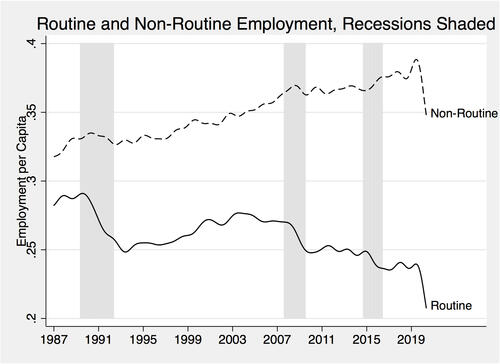Canada’s post COVID-19 economy will see more automation, particularly in the retail and manufacturing sectors.
Professor Joel Blit of the University of Waterloo’s Department of Economics used data from the Labour Force Survey (LFS) to analyze which industries are likely to undergo the greatest automation as the economy recovers from the pandemic.
“In every recession since the beginning of the information and communications technology (ICT) revolution, the Canadian economy has undergone significant technological automation and resource reallocation. This COVID-19-induced recession will be no different, and in fact, will trigger an even bigger economic transformation due to the added health-related incentives to automate,” said Blit. “With the right policies in place, we can ensure that we emerge from the crisis with a stronger and more productive economy that benefits all Canadians.”

COVID-19 will transform many industries. To examine which industries are likely to undergo the greatest automation, Blit ranked industries by health-related incentives to automate operations (average physical proximity of workers) and by the feasibility of doing so (fraction of workers in routine occupations). Blit concludes that a major economic transformation is most likely in the retail sector, followed by manufacturing, wholesale, construction, and transportation.
“Policies like the Canada Emergency Wage Subsidy are stifling this economic transformation and need to be phased out. Instead, we should focus on supporting workers through the transition,” said Blit. “For example, we should help retrain workers and consider transforming the current Canada Emergency Response Benefit program into a permanent guaranteed basic income.”
“Now is the time to embark on transformational change while opportunity costs are lower due to the labour market disruption,” said Blit. “The wave of solidarity and increased belief in the important role of government present an opening to reimagine our social safety net and create the institutions and programs that will ensure that all Canadians, current and future, share in the benefits of technology.”
Could Increased Productivity Be COVID-19’s Silver Lining? is forthcoming in Canadian Public Policy and available online.
Originally posted as a Waterloo media release.